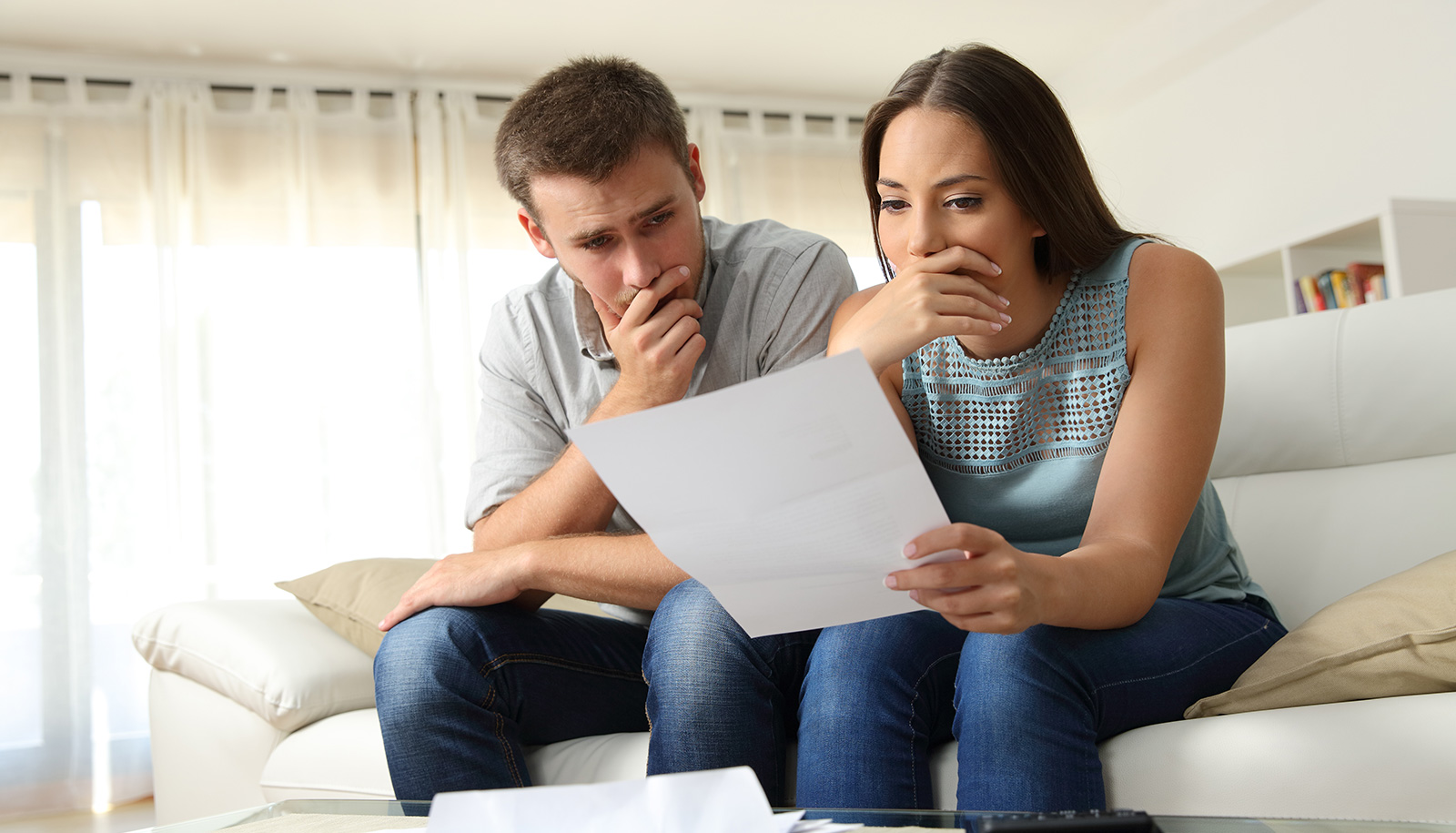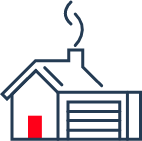Home insurance is an essential commodity for homeowners, but one that's becoming increasingly costly.Recent statistics reveal a worrying trend: U.S. households now spend nearly 2% of their income on home insurance, and the costs show no signs of decreasing.
This post delves into the myriad factors driving this rise – from climate change to regulatory changes – and examines its strain on homeowners. We'll also explore potential strategies and solutions to manage these escalating costs and discuss the broader implications of this trend.
THE RISING COST OF HOME INSURANCE
Statistics show a clear upward trend in home insurance costs. According to the article by Insurance Business, "In 2020, this ratio stood at 1.93%, meaning that, on average, US households spent nearly 2% of their income on homeowners’ insurance." This trend shows no sign of slowing down, with many homeowners feeling the pinch.
UNDERSTANDING FACTORS THAT AFFECT HOME INSURANCE COSTS
Many factors affect home insurance costs, including:
- One significant factor is the location of the property. Properties located in areas with higher risks of natural disasters or burglary will have higher premiums.
- Another factor is the age of the home. Older homes may have outdated electrical and plumbing systems, which are more likely to cause property damage.
- Homeowners should also consider the type of insurance policy they choose. Comprehensive or all-risk policies will charge higher premiums than a named perils policy.
- Lastly, insurance companies will also consider the homeowner's credit score, as homeowners with higher credit scores are less likely to file a claim.
4 FACTORS DRIVING THE INCREASE IN HOME INSURANCE COSTS
Several factors contribute to the escalating cost of home insurance:
1. Climate Change and Natural Disasters
In recent years, we have seen an increase in the frequency and severity of natural disasters, from wildfires to hurricanes. These disasters lead to more insurance claims, leading to higher premiums for homeowners. As climate change continues exacerbating these issues, insurance rates will likely keep rising.
2. Home Value and Construction Costs
As home values and construction costs rise, so does the potential replacement cost of a home. Higher replacement costs mean higher home insurance premiums. The recent surge in home prices and the rising cost of building materials have contributed to the increasing cost of home insurance.
3. Technological Advancements
Today's homes often include high-tech features and appliances, which can be expensive to replace. As a result, the amount insured on a home – and thus the insurance premium – can be significantly higher than for a less technologically advanced home.
4. Regulatory Changes
Changes in laws or regulations can also impact insurance costs. For example, new building codes might require more expensive materials or construction methods, increasing the replacement cost of homes and, consequently, the cost of insuring them.
THE IMPACT OF INCREASING HOME INSURANCE COSTS
The increase in the cost of home insurance has become a cause for concern for homeowners. The additional expense can strain household budgets, thereby affecting their quality of life.
In some cases, homeowners are forced to forego insurance altogether. Unfortunately, this decision exposes them to significant financial risks, especially if their property becomes damaged or destroyed.
As a result, homeowners need to explore their insurance options thoroughly and stay informed about changes in policy rates to ensure adequate protection for their homes and families.
POSSIBLE SOLUTIONS & ALTERNATIVES FOR RISING HOME INSURANCE COSTS
Thankfully, homeowners can take control and manage their home insurance costs:
- The first step is to shop around for the best policy. Different insurance companies offer different packages and premiums. Find the one that suits your needs and budget.
- Second, consider increasing your deductible; a higher deductible means a lower premium.
- Homeowners should also ensure that their property is safe, which may reduce the probability of claims. This could include installing safety features such as smoke detectors and burglar alarms.
- Additionally, regular reviews and updates of the policy can reflect any changes in the home's value or contents, which can help keep costs down.
On a broader scale, government intervention may be needed to ensure home insurance remains affordable. This could include subsidies for low-income homeowners or regulations to limit premium increases.
Additionally, insurance providers can innovate and offer new products that provide adequate coverage at a lower cost.
The rising cost of home insurance is a complex issue with no easy solution. It's driven by various factors, from climate change to technological advancements, and it has significant implications for homeowners. However, by understanding these factors and exploring potential solutions, we can work towards ensuring that home insurance remains accessible and affordable for all.
As a homeowner, staying informed about your home insurance policy and taking proactive steps to manage your costs is essential. Moreover, let's advocate for policies and practices to make home insurance more affordable. Together, we can make a difference.
If you need help finding the best homeowners insurance coverage for the best price, speak to a SimplyIOA agent at 833.872.4467 or get a homeowners insurance quote online now.










